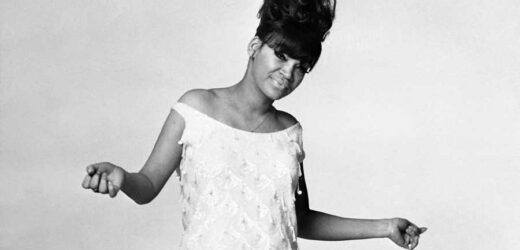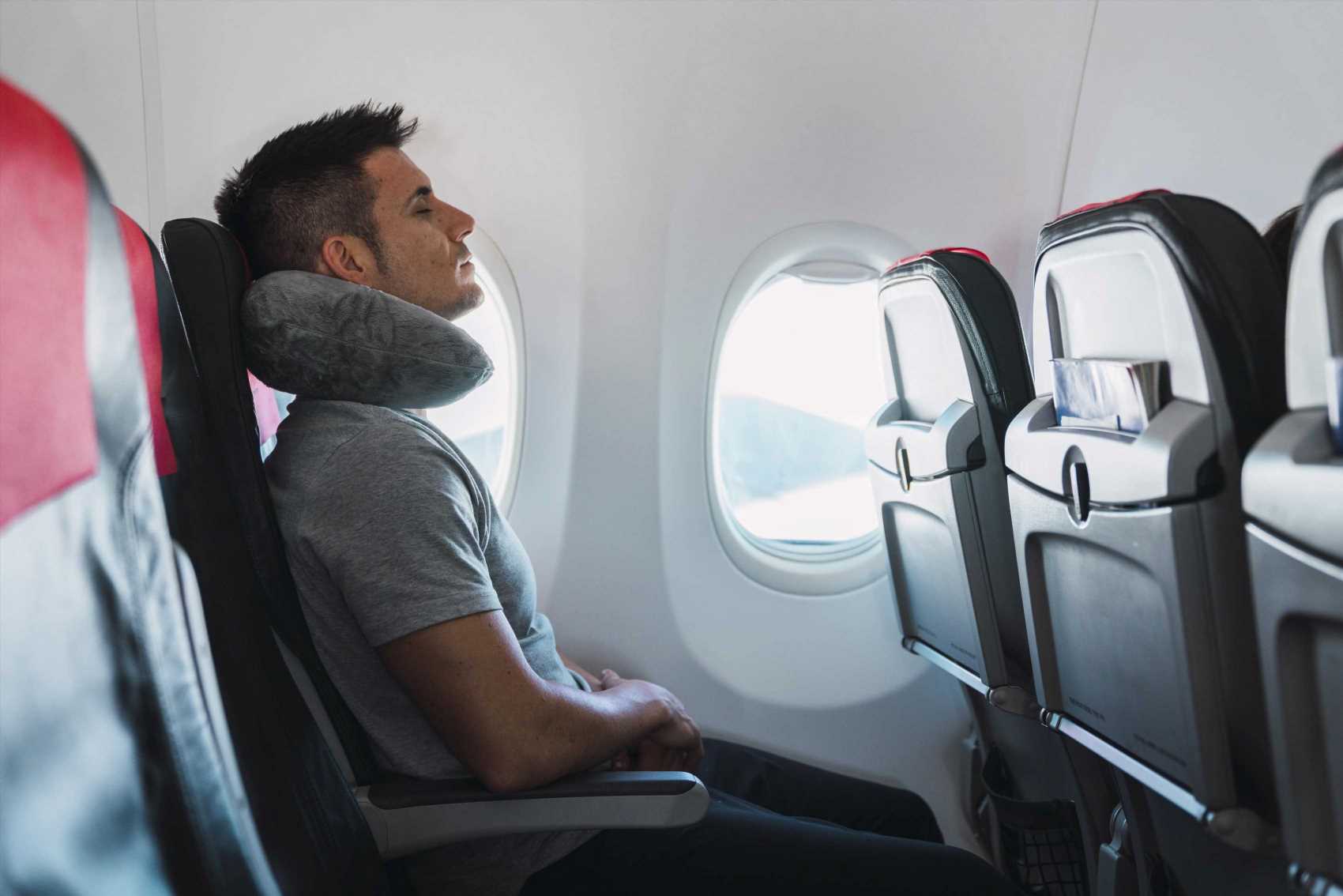La Lupe never seemed to second-guess herself onstage. The Afro-Cuban singer — who died 30 years ago this week, on Feb. 29, 1992 — was infinitely watchable, unafraid to kick and howl and twitch, as if the music were sending electric jolts throughout her body. In Cuba, where she headlined nightclubs in the early 1960s, she enthralled novelists like Ernest Hemingway and Guillermo Cabrera, both of whom wrote about the rhapsodic fury that seemed to overtake her when she sang. Her first husband Eulogio Reyes once said that the first time he saw her perform, he thought she was having an epileptic fit. She was explosive and unpredictable, like a dozen fireworks going off at the same time.
La Lupe was born Lupe Victoria Yoli in the eastern Oriente province of Cuba. According to some accounts, she snuck out of school when she was 19 to enter a local singing competition and won with a rendition of Olga Guillot’s bolero “Miénteme.” Her career took off in Havana, where she met Reyes and sang with his band Los Tropicuba. They later divorced and she struck off as a solo act, gaining a reputation for being uniquely her own: a Black woman who evoked her Afro-Cuban Santería beliefs onstage while electrifying fans who grew to include Marlon Brando, Simone de Beauvoir, and Jean-Paul Sartre. However, a few years after the Cuban revolution, she was exiled from the island. She landed in New York City in 1962, in her twenties and completely alone, but she quickly made connections. She recorded with Mongo Santamaría and a young Quincy Jones. Eventually, she and Tito Puente crossed paths, and together, they recorded some of her biggest hits — among them, the aching ballad “Qué Te Pedí,” which was recently reinterpreted by Kali Uchis.
But history threatened to forget La Lupe. By the time of her death, caused by cardiac arrest, she’d endured huge losses and professional disappointments. She faded into obscurity after her label, Tico Records, was sold; she also faced rumors of substance abuse (something her close friends and family deny). She moved to Puerto Rico for several years in the mid-1970s and tried to prop up her career again when she returned to New York. However, a fall in 1984 left her with a severe back injury that required her to use a cane and a wheelchair. She lost many of her personal belongings in a fire in her apartment months later and, just before she died, suffered a stroke.
Still, her presence has loomed too large to be erased. Though she was unknown to many listeners by the end of her life, La Lupe has been rediscovered over time: Juan A. Moreno-Velázquez published the biography Demystifying a Diva: The Truth Behind the Myth of La Lupe in 2013, Ela Troyano premiered a documentary called La Lupe: Queen of Latin Soul in 2007, and Fania released the two-disc anthology Puro Teatro in 2011.
One rare clip — a 1971 performance on The Mike Douglas Show — captures the peak of La Lupe’s career, when she was at her most brash and free. Practically vibrating with excitement, she boldly takes on “My Way,” the 1969 Frank Sinatra classic with lyrics by Paul Anka, set to Claude François’ “Comme d’habitude.” She builds slowly, unintimidated by the song’s popularity or its lyrics in English, adding her own lines in Spanish and her signature yips of “ayyy yiyiyí.” By the end, she’s stomping, jumping, and ripping off her jacket, turning the performance into a portrait of spontaneity and emotion that feels like the purest personification of the song title.
Source: Read Full Article

